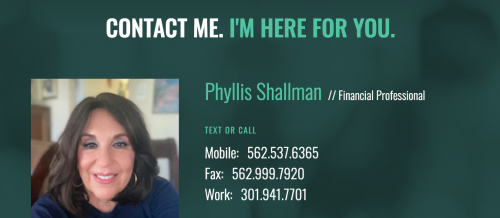
Bills, bills, mortgage payment, another bill, maybe some coupons for things you never buy, and of course, more bills.
There seems to be an endless stream of envelopes from companies all demanding payment for their products and services. It feels like you have a choice of what you want to do with your money ONLY after all the bills have been paid – if there’s anything left over, that is.
More times than not it might seem like there’s more ‘month’ than ‘dollar.’
Not to rub salt in the wound, but may I ask how much you’re saving each month? $100? $50? Nothing? You may have made a plan and come up with a rock-solid budget in the past, but let’s get real. One month’s expenditures can be very different than another’s. Birthdays, holidays, last-minute things the kids need for school, a spontaneous weekend getaway, replacing that 12-year-old dishwasher that doesn’t sound exactly right, etc., can make saving a fixed amount each month a challenge. Some months you may actually be able to save something, and some months you can’t. The result is that setting funds aside each month becomes an uncertainty.
Although this situation might appear at first benign (i.e., it’s just the way things are), the impact of this uncertainty can have far-reaching negative consequences.
Here’s why: If you don’t know how much you can save each month, then you don’t know how much you can save each year. If you don’t know how much you can save each year, then you don’t know how much you’ll have put away 2, 5, 10, or 20 years from now. Will you have enough saved for retirement?
If you have a goal in mind like buying a home in 10 years or retiring at 65, then you also need a realistic plan that will help you get there.
Truth is, most of us don’t have a wealthy relative who might unexpectedly leave us an inheritance we never knew existed!
The good news is that you have the power to spend less and start building wealth. That’s great, and you might want to do that… but how do you do that?
The secret is to “pay yourself first.”
The first “bill” you pay each month is to yourself. Shifting your focus each month to a “pay yourself first” mentality is subtle, but it can potentially be life changing. Let’s say for example you make $3,000 per month after taxes. You would put aside $300 (10%) right off the bat, leaving you $2,700 for the rest of your bills. This tactic makes saving $300 per month a certainty. The answer to how much you would be saving each month would always be: “At least $300.” If you stash this in an interest-bearing account, imagine how high this can grow over time if you continue to contribute that $300.
That’s exciting! But at this point you might be thinking, “I can’t afford to save 10% of my income every month because the leftovers aren’t enough for me to live my lifestyle”. If that’s the case, rather than reducing the amount you save, it might be worthwhile to consider if it’s the lifestyle you can’t afford.
Ultimately, paying yourself first means you’re making your future financial goals a priority, and that’s a bill worth paying.
